
Centers for Disease Control and Prevention
National Center for Chronic Disease Prevention and Health Promotion
ALEX SCHWANK, MPH
OFFICE ON SMOKING AND HEALTH
EPIDEMIOLOGY BRANCH | EVALUATION TEAM
Introduction to Thematic Analysis
Office on Smoking and Health
Evaluators' Network Webinar: Beyond Numbers: A Deep Dive into Qualitative Data Collection| February 22, 2024

Disclaimer
Disclaimer: The findings and conclusions in this presentation are those of the authors and
do not necessarily represent the official position of the Centers for Disease Control and
Prevention.
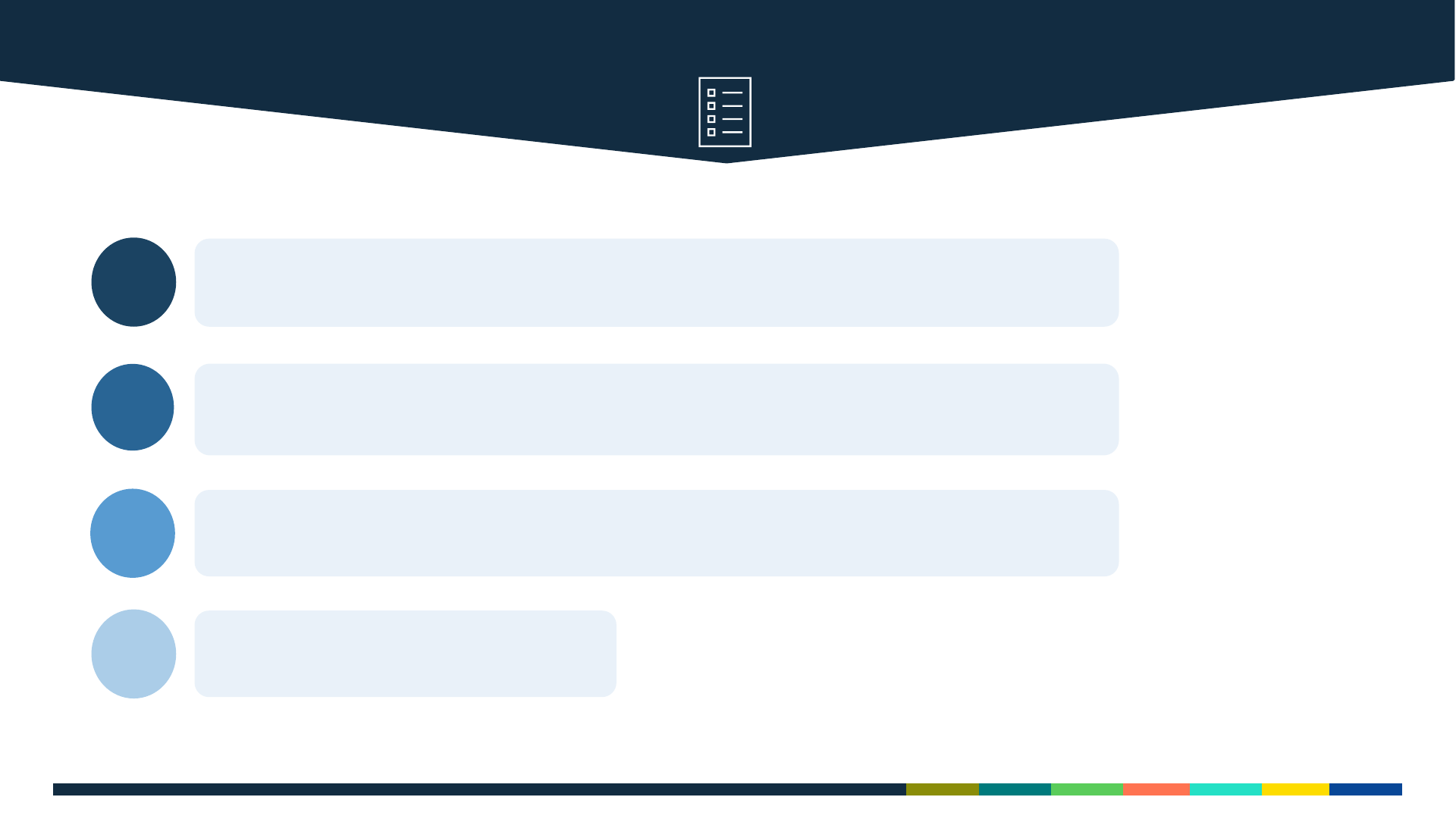
PRESENTATION OUTLINE
1
Introduction to Thematic Analysis
2
Planning a Thematic Analysis
4
Resources
3
Methods for Thematic Analysis

PRESENTATION OUTLINE
What is Thematic Analysis?
• Thematic analysis is a method for
identifying, analyzing and reporting
patterns (themes) within a data set.
• A qualitative research method
than can be used to analyze
interviews, transcripts, recordings,
and narratives.
Braun, V., & Clarke, V. (2006). Using thematic analysis in psychology. Qualitative research in psychology, 3(2), 77-101.
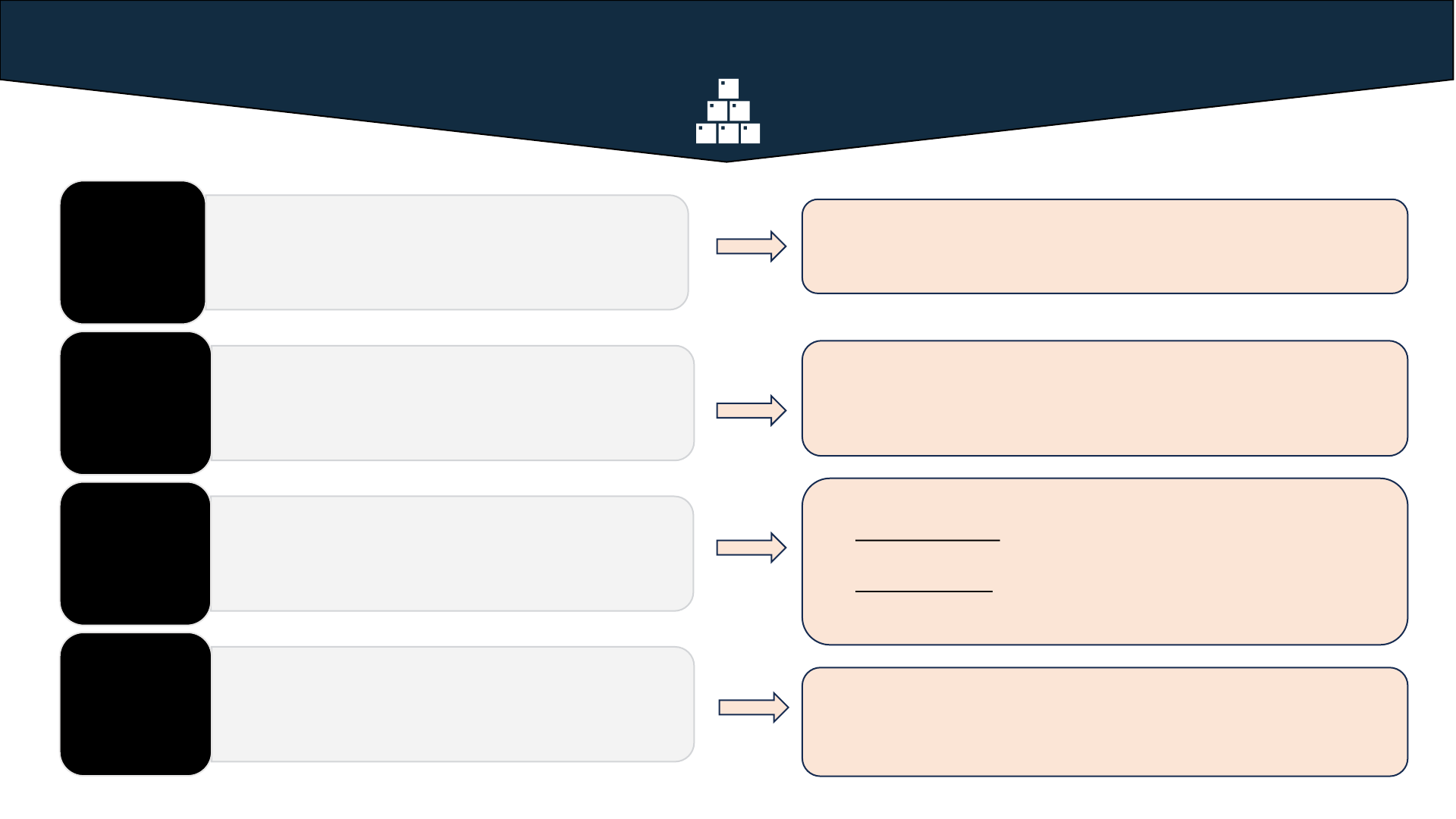
PRESENTATION OUTLINE
2
Key Components of a Thematic Analysis
• Data can be gleaned from key informant
interviews, 1:1 interviews, written narratives;
reports, or open-ended questions.
Data
•A clear and well-defined research question that
seeks to identify patterns and trends in the data.
Research
Question
•Outlines codes and categories used to organize
data. Deductive, inductive; dual approach.
Codebook
•Methods which the researcher/evaluator plans
to use to analyze the data. There are several
methods!
Analysis
Plan
Example question from NTCP evaluation:
• How did recipients tailor strategies and interventions
to reach intended population groups?
Example methods from NTCP evaluation:
• Conducting thematic analysis of recipient evaluation reports
with deductive codes based on evaluation questions.
Example data sources from NTCP evaluation:
• Recipient Annual Evaluation Reports
Example of qualitative codes based on NTCP evaluation:
• Deductive Codes: pre-established codes that categorize
population groups based on evaluation questions.
• Inductive Codes: creating a code about a barrier multiple
recipients noted in their reports when discussing tailoring
strategies.

PRESENTATION OUTLINE
Why Use a Thematic Analysis?
✓ Thematic analysis, like other qualitative methods, can provide
insight into the perceptions, values, opinions, and community
norms of a population.
✓ In program evaluation, thematic analysis can be helpful when we
want to diagnose what went right or wrong in a process
evaluation.
✓ A method of formative research to explore which contextual
factors are related to health behaviors.
✓ When used in conjunction with quantitative studies, thematic
analysis can confirm, challenge, or deepen the validity of
conclusions that either component might have demonstrated
alone.
Source: Collecting and Analyzing Qualitative Data | Epidemic Intelligence Service | CDC
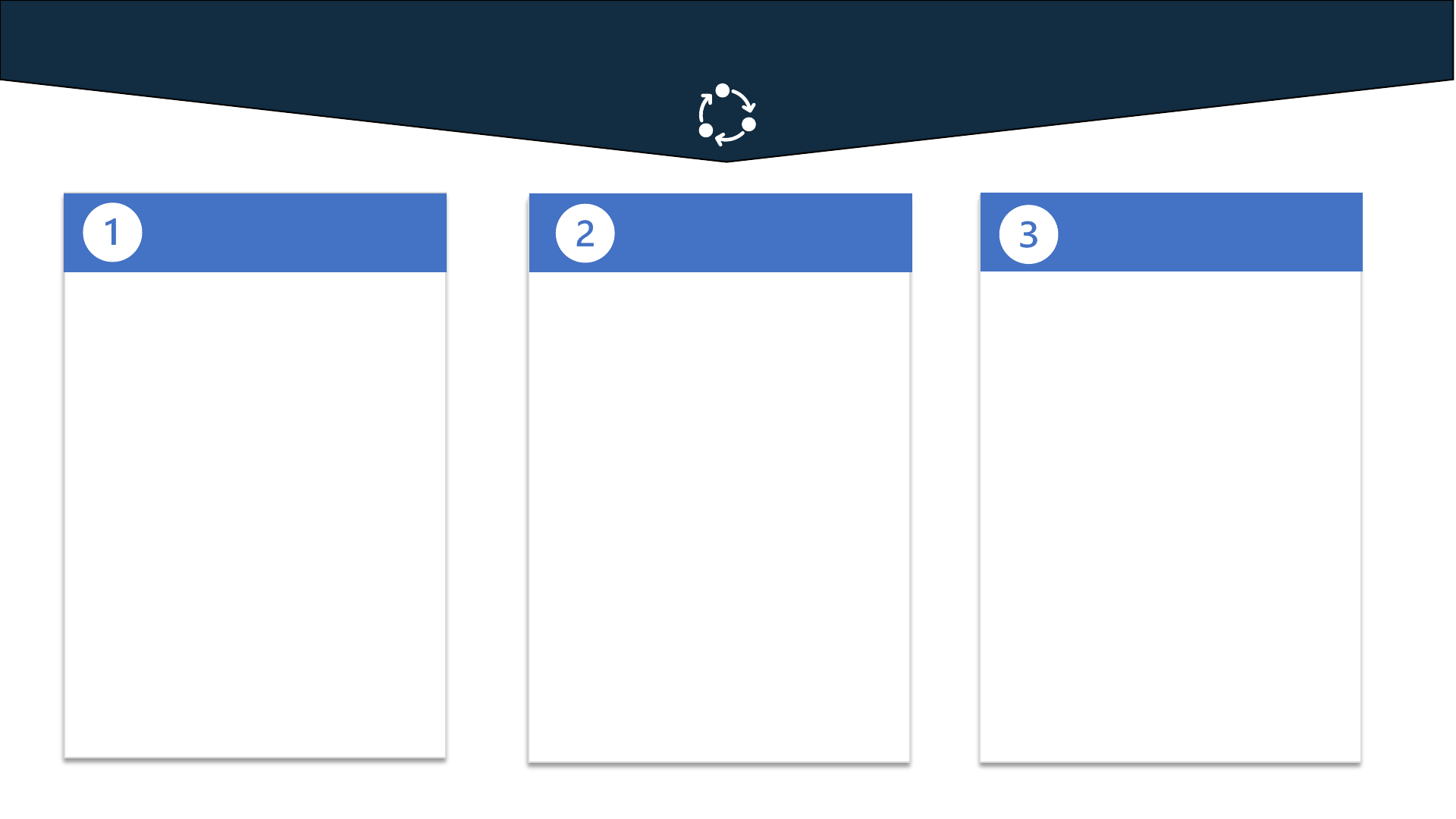
PRESENTATION OUTLINE
Methods for Thematic Analysis
Byrne, D. (2022). A worked example of Braun and Clarke’s approach to reflexive thematic analysis. Quality & quantity, 56(3), 1391-1412.
Coding Reliability
✓ Using a structured
codebook to reach
consensus among
multiple researchers.
✓ Develop co-occurring
codes to understand how
two or more concepts are
related.
✓ May include use Cohen’s
Kappa to measure degree
of agreement
Codebook Approach
✓ Analyzing data using a
framework of pre-existing
identified themes (i.e.,
deductive themes).
✓ Framework Analysis: guiding
analysis based on conceptual
farmwork (e.g., socio-
ecological model)
✓ Template Analysis: guiding
analysis based on template
with pre-existing themes
(e.g., SWOT analysis)
✓ Relies on the researcher's
interpretation of the data
based on theoretical
assumptions and analytical
skills of the researcher.
✓ An iterative approach with
the creation of inductive
codes (i.e., generating
themes)
Reflective Approach
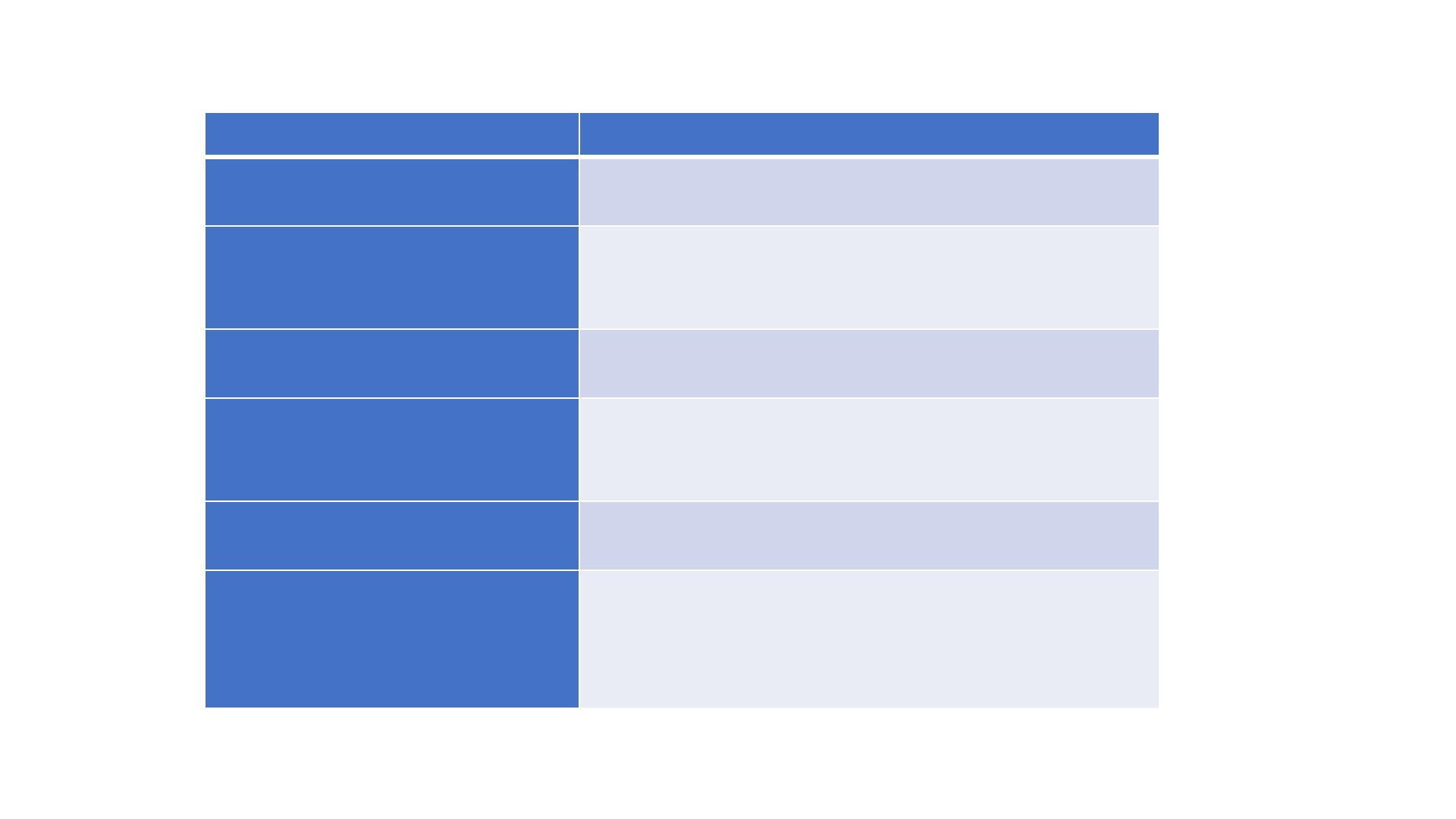
PRESENTATION OUTLINE
Methods for Thematic Analysis
Braun, V., & Clarke, V. (2006). Using thematic analysis in psychology. Qualitative research in psychology, 3(2), 77-101.
Six Phases of
Conducting Thematic
Analysis (Braun &
Clark, 2006)
Phase Examples of Procedure for Each Step
1. Familiarization
Transcribing data: reading and re
-reading; noting
down initial codes
2. Generating Initial Codes
Coding interesting features in the data in a
systematic fashion across the data set, collating
data relevant for each code
3. Search for Themes
Collating codes into potential themes, gather all
data relevant to each theme
4. Involved Reviewing Themes
Checking if the themes work in relation to the
coded extracts and the entire dataset; generate a
thematic map
5. Defining and Name Themes
Ongoing analysis to refine the specifics for each
theme; generation of clear names for each theme
6. Producing the Report
Final opportunity for analysis selecting
appropriate extracts; discission of analysis; relate
back to the research question or literature;
produce report.

PRESENTATION OUTLINE
Pros and Cons of Thematic Analysis
Source: Collecting and Analyzing Qualitative Data | Epidemic Intelligence Service | CDC
Pros Cons
• Offers a way to obtain detail, nuance,
and depth to the data collected
•
Allows researchers to “hear the
voice” of the subjects
•
Great for exploratory and formative
research
•
Time and skill intensive
•
Cannot provide representative or
generalizable findings
•
Subjective over objective
•
Often requires small, purposively
selected samples
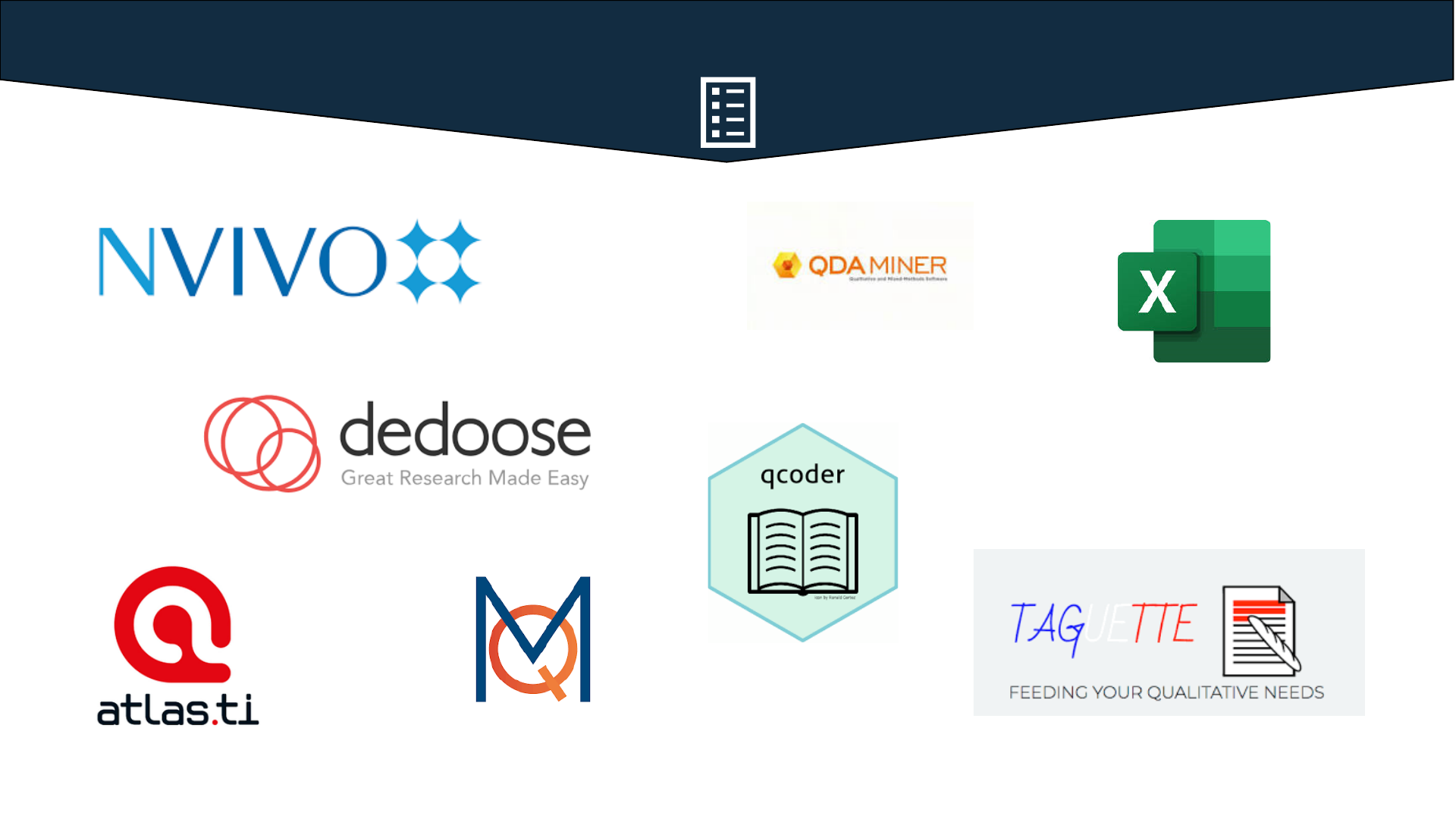
PRESENTATION OUTLINE
Software for Thematic Analysis

References/Resources:
1. The CDC Field Epidemiology Manual: Collecting and Analyzing Data: Collecting and
Analyzing Qualitative Data | Epidemic Intelligence Service | CDC
2. Byrne, D. (2022). A worked example of Braun and Clarke’s approach to reflexive thematic
analysis. Quality & quantity, 56(3), 1391-1412.
3. Braun, V., & Clarke, V. (2006). Using thematic analysis in psychology. Qualitative research
in psychology, 3(2), 77-101.
4. QDA Software Comparison Chart (NYU Libraries) Comparison chart of QDA software from
NYU Library's LibGuide
5. CDC Coffee Break: Using Nvivo to analyze qualitative data. CDC Coffee Break: Using NVivo
to analyze qualitative data
6. Practical Strategies for Health Equity Researchers to Enhance Analytic Rigor and Generate
Meaningful Insights From Qualitative Data.
https://www.cdc.gov/pcd/issues/2022/22_0134.htm
7. Centers for Disease Control and Prevention. Excel Tool Tutorial #6: Thematic Analysis
(Email textanalysistool@cdc.gov to obtain a copy of the tool). Note: this is meant for
emergency response and outbreak investigations.
https://www.youtube.com/watch?v=cWty6e18j0k&t=2s

Centers for Disease Control and Prevention
National Center for Chronic Disease Prevention and Health Promotion
The findings and conclusions in this report are those of the authors and do not necessarily represent the official position of the Centers for Disease Control and Prevention.
Office on Smoking and Health
ALEX SCHWANK
RTV3@CDC.GOV
Thank you!
1
